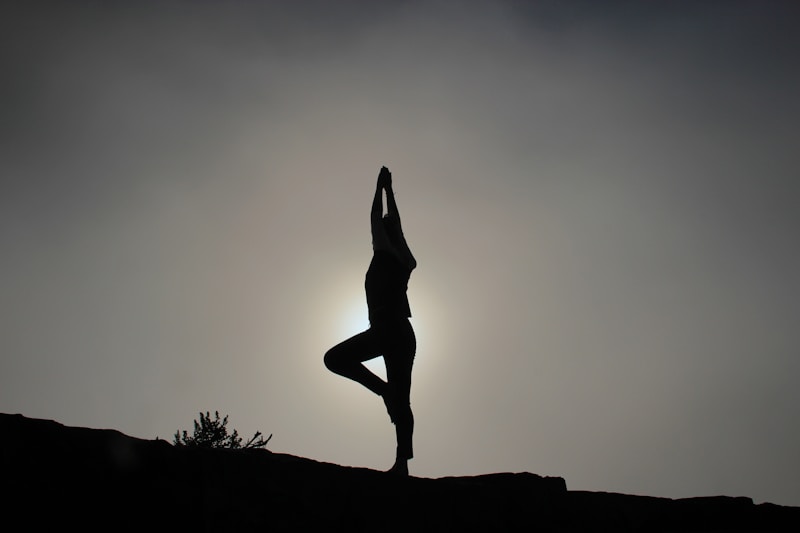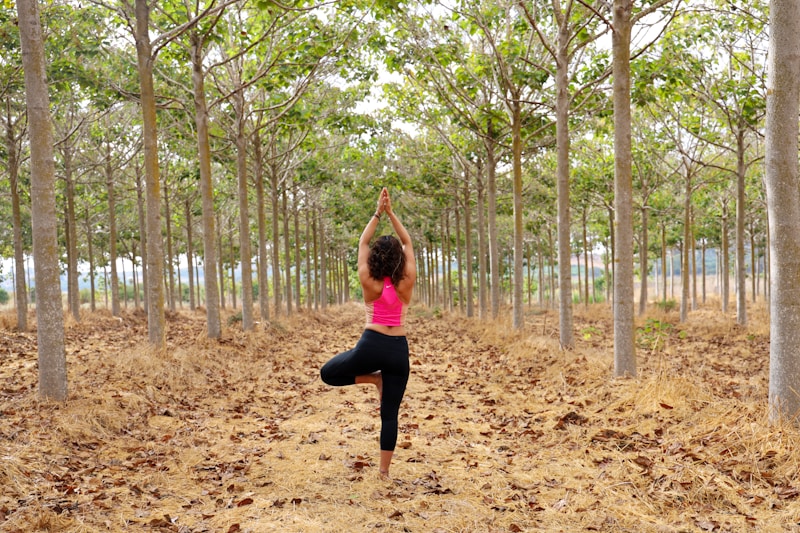The Complete Beginner’s Guide To The Bhagavad Gītā
What’s this Bhagavad Gītā everyone’s talking about? Ever seen it on the shelf at your yoga studio, but never really known what it was? Read on to learn the essentials of this key yogic text. Get To Know The Gītā Name: The Bhagavad Gītā (translates as Song of the Lord)Date written: Between 400 – 200BCAuthor: […]









